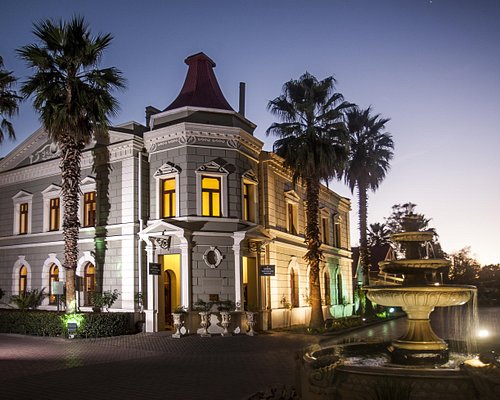Some Known Incorrect Statements About Johannesburg North Attractions
Some Known Incorrect Statements About Johannesburg North Attractions
Blog Article
Some Known Facts About Johannesburg North Attractions.
Table of ContentsThe Ultimate Guide To Johannesburg North Attractions7 Easy Facts About Johannesburg North Attractions ExplainedThe Definitive Guide to Johannesburg North AttractionsThe Definitive Guide to Johannesburg North AttractionsJohannesburg North Attractions for DummiesGet This Report on Johannesburg North Attractions
The city owes its location to the visibility of a a lot more precious resource: gold. The city expanded on the side of the Witwatersrand Key Coral reef, a subterranean stratum of gold-bearing quartz-silica corporation that arcs for hundreds of miles under the Highveld. The majority of the gold mines in the city stopped operation in the 1970s, however in its day the Witwatersrand gold market accounted for greater than 40 percent of the world's yearly gold manufacturing.Johannesburg has a warm climate. The city delights in concerning 8 hours of sunshine per day in both winter season and summertime.
What rainfall the city receives falls nearly solely in the summer months, usually in amazing late-afternoon electrical tornados. Air pollution presents a considerable problem, specifically in the winter season, when thermal inversions hamper the westward circulation of air from the Indian Sea. Pollution is most severe in the largely resolved Black territories on the city's periphery, where several locals still rely on coal for gas.

Not known Incorrect Statements About Johannesburg North Attractions
The equilibrium of the city is occupied by whites. Accommodation varies in personality and top quality.
Physical growth, although rather limited by transportation, proceeded swiftly as migration to South Africa, and Johannesburg specifically, enhanced drastically. This trouble was fixed in the 1930s when the vehicle was presented in mass production to South Africa. Vehicles were, for the a lot of part, constrained to the affluent, and allowed them to transfer to the north of the city and commute into the centre.
A lot of poor suburban areas were combined, with poor blacks and whites cohabiting, although the well-off residential areas were usually booked for whites. This changed with the election of the National Party in the 1948 elections, who started to formalise the system called apartheid. Racism officially designated which residential areas each race can live in under the Team Locations Act.
The number of individuals living in the inner city on an informal basis is unidentified, as lots of are prohibited immigrants. The unemployment, education, and age profiles of the location are all unidentified, due to the trouble of getting trustworthy details about the area.
The 9-Minute Rule for Johannesburg North Attractions
Centred on the CBD, the area consists of the suburban areas next of Yeoville, Bellevue, Troyeville, Jeppestown, and Berea to the eastern. To the west it infects Pageview (Johannesburg North attractions) and Fordsburg. There are small enterprise zones to the south, such as City West-Denver and Benrose. Around 800,000 commuters travel through the internal city daily, and it functions as a regional purchasing node for site visitors from the southerly suburban areas. Yeoville and Bellevue have a mix of apartment or condo structures and solitary residential units on tiny lots. The area lies on a mountainous divide that runs from eastern to west. The most obvious geographic feature is Observatory Ridge, which is named for the big observatory located on it. The entertainment spaces are no more made use of, because of safety troubles.

Getting My Johannesburg North Attractions To Work
R. Tambo International Airport). The eastern suburbs are a few of the earliest areas of Johannesburg, there are big areas of Jewish and other European histories, most of the populace is English speaking. There are three fairway along with a number of safeguarded ridges with viewsites. There are numerous well-developed and up-market enjoyment and shopping locations in the east such as the Eastgate Shopping Center and the Greenstone mall.
Initially developed to house male migrant employees, many have been boosted as dwellings for couples and households. The suburb was not historically allowed to produce employment centres within the area, so practically all of its locals are travelers to various other parts of the city.
The Only Guide for Johannesburg North Attractions
The N1 Western Bypass attaches the north suburbs with the north-western residential areas. The property locations in the northern suburbs are mostly official, with no considerable locations of informal real estate, or important source real estate Go Here that does not have an irreversible framework. This is a recognized location, there is a pattern of land usage modification from property to commercial, specifically along primary arterial roadways and around well-known nodes.
The area is well attached to road networks, especially along the north-south axis formed by the M1 and N1. Roads to the eastern and west are much less well created, as there are no freeways taking a trip because direction. Towards the northern boundary of the city, the thickness of development lowers, leaving huge locations of undeveloped land around Midrand.
What Does Johannesburg North Attractions Do?
, which is situated on a hillside forgeting the inner city and Hillbrow.
Report this page